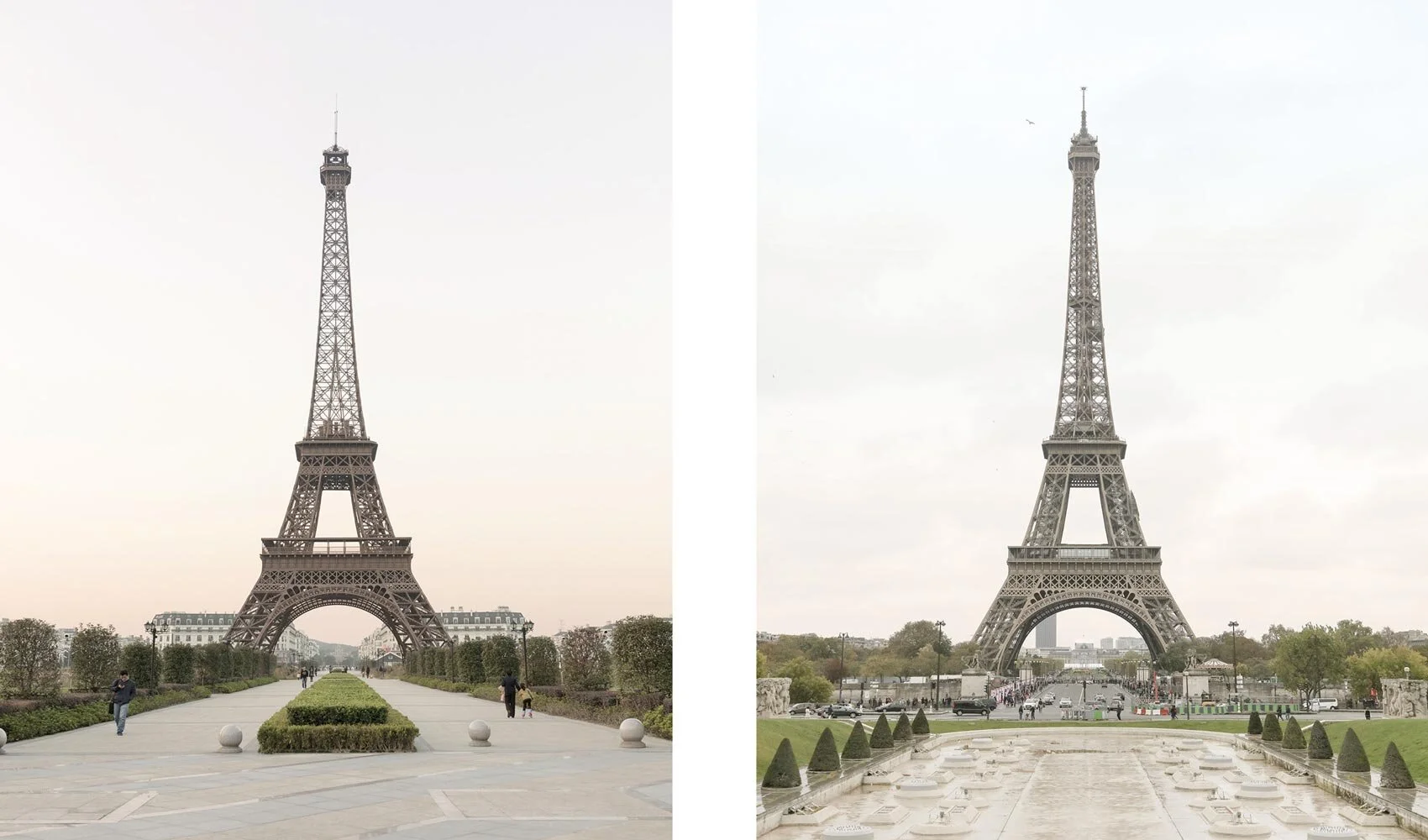Goodbye, Visual Pollution: Inside São Paulo’s Clean City Law
Pop-up ads, sponsored posts, and other forms of digital marketing have become so pervasive that it is nearly impossible to imagine the internet without them. The same can be said about the billboards and other outdoor advertisements plastered on walls, buildings, and buses throughout the urban landscape. So what happens when a city tries to eradicate them completely?
In 2006, Mayor Gilberto Kassab of São Paulo, Brazil enacted the Clean City Law in an attempt to do exactly that, in spite of heavy opposition from local businesses and multinational corporations operating in the city. Its implementation resulted in the elimination of 15,000 billboards, as well as hundreds of thousands of transit ads, building signs, and other public advertising. While the law did achieve its primary objective of reducing the visual pollution that the city’s inhabitants face on a daily basis, it also had some undesirable consequences.
Upon the removal of São Paulo’s brightly colourful advertisements, each louder than the next in an effort to capture the short-lived attention of passersby, the city reverted to a sea of concrete. Part of the clean up campaign involved the destruction of graffiti art and in one particularly controversial case, an enormous mural along the 23 de Maio expressway was covered up with grey paint.
To revitalize the urban landscape, the Clean City Law was modified in 2012 to allow for street art and graffiti in designated areas. While this was welcome news to São Paulo’s many renowned street artists, it also provided a loophole for corporations looking to reintroduce their branding to the city.
General Electric, for example, commissioned several street artists to paint three 120-foot murals on privately owned buildings in the city, to represent three of GE’s business sectors: energy, health, and transportation. Although they don’t contain explicit messaging, they do feature GE’s logo. In an interview with Ad Age, Marcello Serpa of the advertising agency Almap BBDO, commented that the project presented an opportunity to “give the city some color and bring art to the people, and to use it as a tool to subtly talk about GE products”. A social media campaign was developed around the murals, in order to more effectively forge a link between GE’s brand and its concern for the wellbeing of São Paulo and its residents.
In a similar vein, the shoe company Converse sponsored an urban intervention called Donate Your Shadow, in which local graffiti artists transformed the shadows of willing pedestrians into street art. Converse asserted it was part of an effort to combat São Paulo’s monotony with colour and creativity, while also revealing that the associated marketing campaign amassed 120,000+ Instagram likes, had a 2.3 million reach on Twitter, and resulted in a 20% lift in new followers for the brand.
So is this advertising, or is it art? While it can be difficult to distinguish between the two, it may help to consider why a piece of work was created. Artists use their work to reflect their unique perspective, with the goal of producing something that is appreciated for its own sake. In contrast, commercial art is commissioned to communicate a message on behalf of a brand. The form and content of the work is always driven by an appeal to action, often encouraging the viewer to purchase a particular product.
But the projects sponsored by General Electric and Converse blur the line even further. In both cases, they hired independent local artists and granted them creative freedom over the murals, as opposed to assigning the work to their in-house designers. Of course, such autonomy has its limits - while artists may seek to express subversive political, cultural, or sexual themes in their work, corporations will naturally hesitate to authorize anything that could taint their reputations.
The art-based marketing that cropped up in the aftermath of the Clean City Law is a vast improvement over the previous state of advertising in São Paulo. But taken to its extreme, it also implies a dangerous trajectory whereby corporations use increasingly subliminal strategies to embed their brands into the urban landscape.
Header image courtesy of Arte Fora do Museu.





